Nikon D300s
-
-
Written by Gordon Laing
Nikon D300s vs Canon EOS 50D RAW High ISO Noise
Nikon D300s RAW results : Real-life resolution / High ISO Noise vs EOS 50D
Nikon D300s RAW results : Real-life resolution / High ISO Noise vs EOS 50D
|
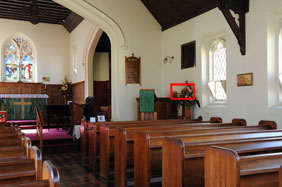 | To compare noise levels under real-life conditions we shot this scene in RAW mode with the Nikon D300s and Canon EOS 50D within a few moments of each other using each of their ISO settings. We selected high quality zooms for each body: the Nikkor DX 16-85mm VR and Canon EF 24-105mm IS, both set to f8 for optimum sharpness. As before, focusing was confirmed using magnified assistance in Live View. |
Note, we will add a page to our D300s review comparing it to the Canon EOS 7D once final production samples are available.
High ISO Noise Reduction was set to the default Normal and Standard settings on the D300s and 50D respectively. Active D-Lighting and the Auto Lighting Optimiser were both disabled for this test as they can artificially increase noise levels. The exposures below were identical, with both cameras starting at 1.3 seconds at 100 ISO / f8, and halving the shutter speed with each doubling of the sensitivity.
Following our previous tests in this article, both cameras were set to RAW mode, with their respective software programs used to perform the conversions here: Nikon’s Capture NX 2.2.2 (not supplied) and Canon’s Digital Photo Professional 3.6. We started with their default settings, but as discussed on previous results pages, noted a significant difference in image processing strategies.
By default the D300s opted for an unusually consumer-friendly approach with relatively high sharpening, saturation and contrast for its in-camera JPEGs and RAW files (processed using Capture NX’s default settings). In stark contrast, the EOS 50D opted for a much more restrained approach, with both in-camera JPEGs and processed RAW files coming across as quite soft and muted in comparison. While this in itself is an interesting difference, it makes more sense here to attempt a closer match in processing to compare noise levels. So with this mind we boosted the sharpening from three to five in Digital Photo Professional. This has brought the EOS 50D crops below much closer to those from the Nikon, although they still have lower contrast and saturation, not to mention a difference in measured White Balance.
Both cameras deliver clean and detailed results at 100 and 200 ISO, the latter being the base setting for the D300s. At 400 ISO, both models begin to exhibit subtle noise textures, most noticeably in flat, shadow areas, but it’s nothing to be concerned about yet.
With the sensitivity increased to 800 ISO, the D300s sample has become a little softer, but while noise levels have also increased fractionally, it’s still pretty clean. Noise textures have become more apparent on the Canon sample, although to be fair they are more obvious here than with the default settings due to the higher sharpening we’ve applied.
Moving onto the 1600 ISO sample, noise levels have increased on both models, although the artefacts on the D300s sample look more natural and grain-like than the electronic-looking markings on the Canon. Again, the Canon artefacts have been made more apparent here due to greater sharpening than normal, although if you were to use the default settings, the Canon would look relatively soft at this point.
Increasing the sensitivity to 3200 ISO sees the relative artefacts of each model increase further, although colour saturation at least remains fairly respectable. Once again though, Nikon’s noise is more grain-like and natural-looking, whereas Canon’s is more irregular and electronic, with more evidence of undesirable chroma artefacts.
At 6400 ISO we’re at the upper-level of the D300s, and both cameras have taken a plunge in overall quality. Canon then goes on to bravely offer a 12,800 ISO option, but the results ain’t pretty.
So what you see here is unsurprisingly a repeat performance of what we’ve seen with other Nikon bodies employing the same sensor, such as the D90. As such, noise becomes faintly visible at 400 ISO and more apparent at 1600 ISO, but always remains grain-like and natural-looking in appearance. There’s no denying it’s present below, but manages not to be obtrusive.
In the meantime, Canon’s EOS 50D suffers from more chroma and electronic-looking noise, which the camera attempts to hide with noise reduction and softer image processing by default. This can effectively reduce their visibility, although at the cost of fine detail. Increasing the sharpening as we’ve done here to match the Nikon’s punchy processing has made the noise artefacts more obvious.
In terms of actual detail recorded, the Canon’s higher resolution sensor is capturing finer details at low sensitivities given a decent lens, but at higher sensitivities, the Nikon has preferable artefacts. We will add results comparing the D300s against Canon’s EOS 7D when final production samples of the latter become available. We expect Canon’s latest 18 Megapixel sensor to deliver even finer detail given a good lens, but the big question is how it handles noise. Nikon’s 12 Megapixel CMOS sensor may now be getting-on in industry terms (and sound relatively low resolution compared to its latest rival), but it still manages to deliver great-looking results with natural-looking noise at high sensitivities.
Now let’s see more examples throughout its sensitivity range in our Nikon D300s Sample Images Gallery.
Nikon D300s with Nikkor DX 16-85mm VR |
Canon EOS 50D with Canon EF 24-105mm f4.0L IS | |
 |  | |
L1.0 (100 ISO) |
100 ISO | |
 |  | |
200 ISO |
200 ISO | |
 |  | |
400 ISO |
400 ISO | |
 |  | |
800 ISO |
800 ISO | |
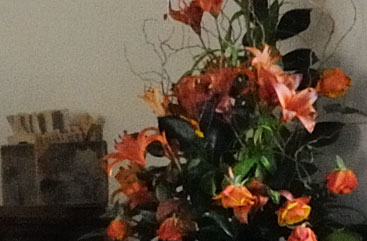 | 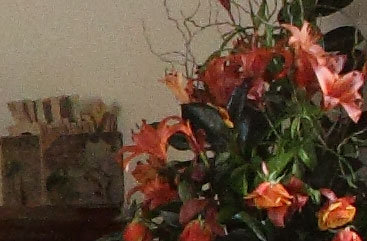 | |
1600 ISO |
1600 ISO | |
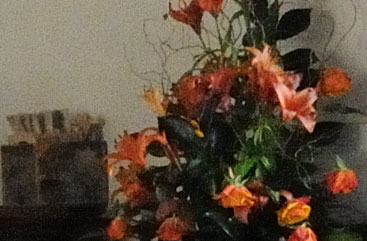 |  | |
3200 ISO |
3200 ISO | |
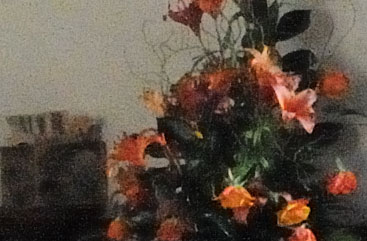 | 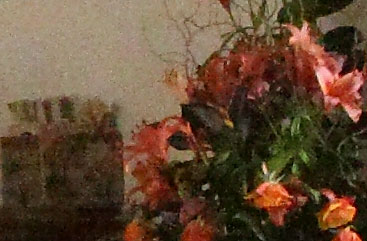 | |
HI1.0 (6400 ISO) |
6400 ISO | |
 | 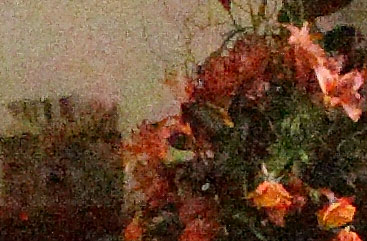 | |
12800 ISO not available |
H1 (12800 ISO) |






